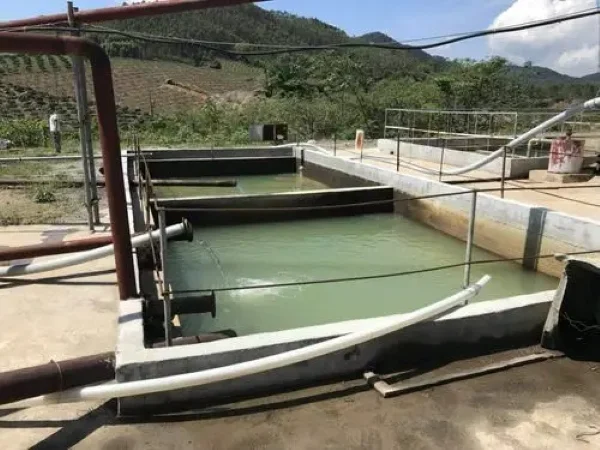
In the complex and competitive realm of gold mining and extraction, the choice of reagents plays a pivotal role in determining the economic viability of operations. Among the various methods and chemicals employed, the use of sodium cyanide has long been established as a cornerstone in the gold extraction process, offering distinct advantages that translate into enhanced profitability for mining enterprises.
Understanding the Cyanidation Process
Cyanidation, the process of using cyanide compounds to extract gold from ore, has been a mainstay in the industry since the 1970s. Sodium cyanide, in particular, is widely favored due to its unique chemical properties. When in a dilute solution, typically ranging from 100 ppm to 500 ppm (0.01% to 0.05% cyanide), it selectively dissolves gold from the ore. The chemical reaction involves the formation of a stable gold-cyanide complex. In the presence of oxygen, gold reacts with sodium cyanide as follows: 4Au + 8NaCN + O₂ + 2H₂O → 4Na[Au(CN)₂] + 4NaOH. This reaction allows the gold, which may be present in minute quantities within the ore, to be dissolved and subsequently recovered.
High Efficiency in Gold Recovery
One of the primary reasons sodium cyanide provides greater returns is its remarkable efficiency in gold recovery. It has the ability to extract gold from a wide range of ore types, including those with low gold grades. Modern commercial gold mining operations can detect and separate gold from rock ore with concentrations as low as 0.005%, and sodium cyanide enables the extraction of this minuscule gold content effectively. In contrast to some alternative methods, cyanidation can achieve higher gold recovery rates. For example, in heap leaching and milling (such as the carbon-in-leach - CIL process), where cyanide is used, the recovery of gold can often reach levels of 70% - 90% or even higher under optimal conditions. This high recovery rate means that more gold is extracted from the same amount of ore, directly increasing the output and revenue for mining companies.
Cost - Effectiveness
From a cost perspective, sodium cyanide offers significant advantages. It is relatively inexpensive compared to some other potential gold - extraction reagents. The process itself, when optimized, requires a relatively small amount of sodium cyanide to achieve effective gold dissolution. Additionally, the equipment and infrastructure required for the cyanidation process are well - established and, in many cases, more cost - effective to set up and maintain. For instance, in heap leaching operations, which are commonly used in conjunction with sodium cyanide for large - scale, low - grade ore processing, the capital investment for constructing the leach pads and associated infrastructure is often more affordable than complex alternative extraction methods. The simplicity of the cyanide - based extraction process also reduces operational costs in terms of labor and energy requirements. Once the ore is crushed and prepared, the addition of the cyanide solution and the subsequent steps of gold recovery can be carried out with a relatively small workforce compared to more intricate extraction techniques.
Adaptability to Different Mining Scenarios
Sodium cyanide - based gold extraction is highly adaptable to various mining scenarios. Whether it is an open - pit mine with large volumes of low - grade ore or a more complex underground mine with different ore characteristics, the cyanidation process can be tailored to suit the specific conditions. In large - scale open - pit mines, heap leaching using sodium cyanide allows for the processing of vast quantities of ore in an efficient and cost - effective manner. For underground mines, the carbon - in - leach process can be implemented within the mine site, enabling the extraction of gold from the ore as it is mined, reducing the need for extensive transportation of ore to external processing facilities. This adaptability not only maximizes the potential for gold recovery but also minimizes additional costs associated with modifying the mining and extraction processes for different ore bodies.
Environmental and Safety Considerations Managed for Profitability
While concerns about the toxicity of cyanide are valid, the mining industry has implemented strict safety and environmental management practices to mitigate risks. By adhering to the International Cyanide Management Code, mining companies can ensure the safe handling, storage, and disposal of sodium cyanide. In fact, proper management of these aspects not only safeguards the environment and human health but also contributes to the long - term economic viability of the operation. For example, recycling and reusing residual cyanide in the processing circuits reduce the overall consumption of the chemical, lowering costs. Additionally, treating tailings slurries and solutions to reduce or remove residual cyanide before discharge helps avoid potential environmental fines and reputational damage, both of which could have a negative impact on the company's bottom line.
In conclusion, the use of sodium cyanide in gold extraction provides a clear path to increased profitability. Its high efficiency in gold recovery, cost - effectiveness, adaptability to different mining scenarios, and the ability to manage associated environmental and safety risks all contribute to its status as a preferred method in the gold mining industry. As mining companies continue to seek ways to optimize their operations and maximize returns, sodium cyanide will likely remain a crucial element in the gold extraction toolkit.
- Random article
- Popular articles
- Popular comments
- Tin ore flotation+gravity separation+magnetic separation process
- Sulfide Ore Nickel Ore Mixed Flotation Process
- Combined process of laterite nickel ore selection and smelting(oxidized ore)
- Titanium Ore Processing: Magnetic Separation, Gravity Separation, Flotation
- Rutile Electric Separation, Magnetic Separation, and Gravity Selection Process
- Tantalum-Niobium Ore Processing: Gravity, Magnetic, and Electric Separation
- Barite Magnetic Separation Process for Efficient Purification




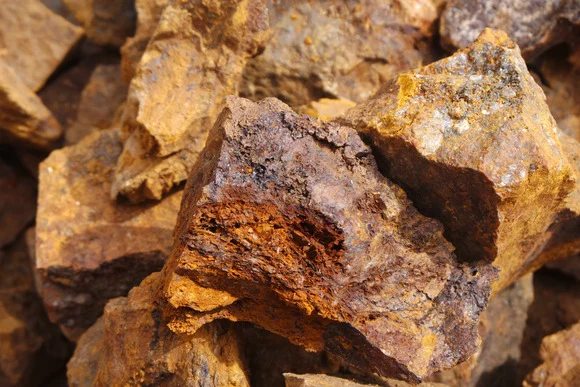
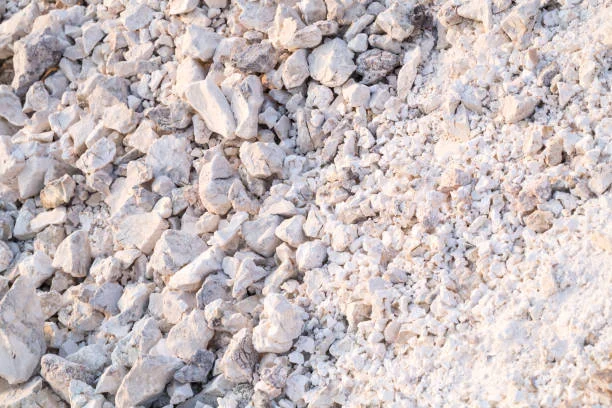
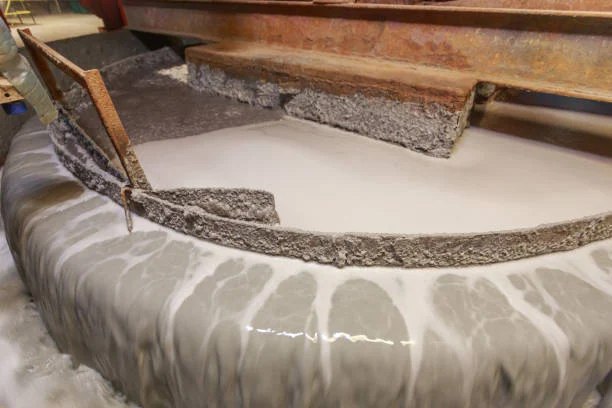

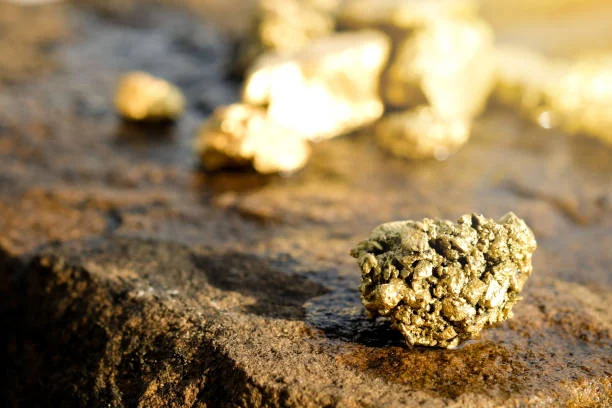
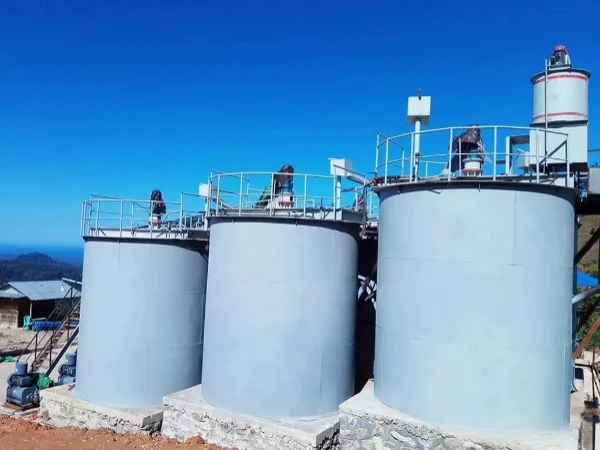

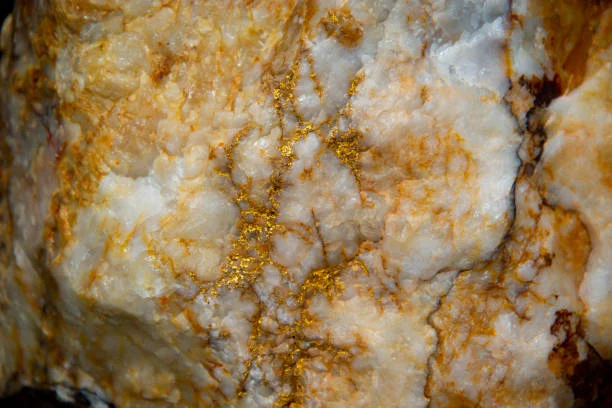



Leave a message with your needs or comments
Add comment: